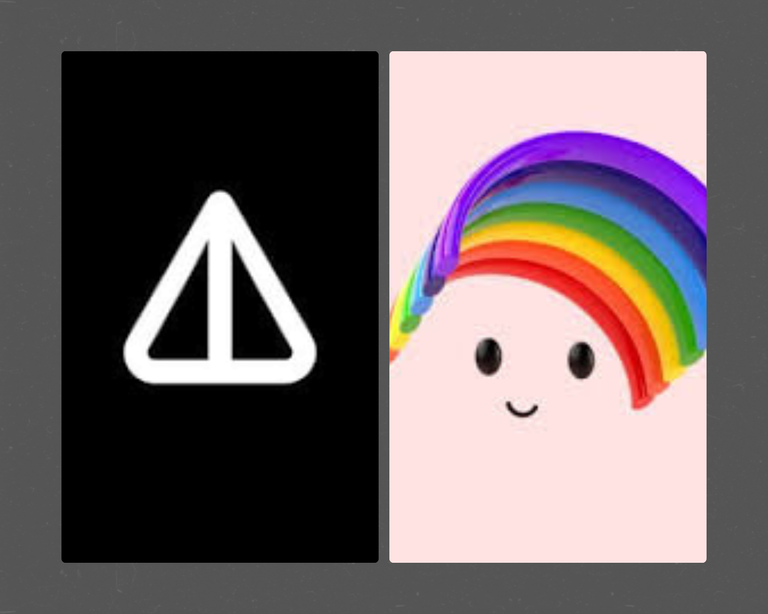
This week saw the launch of two highly anticipated projects and coins. Both token launches had a polarizing effect on their respective projects and communities. In this post, I will review both token launches, and at the end, prospective project founders can learn how best to engage with their communities.
I believe that airdrops are not essential. There are less expensive and equally effective ways to grow a project, though they are time-intensive. Most project managers are unwilling to play the long-term game. Instead, they create unnecessary hype around an unstable project by making excessive promises. This was the case with Imaginary Ones.
Imaginary Ones is one of the blue-chip NFT projects that morphed into a Web 3 brand with various initiatives, one of which was its native token, $BUBBLE. It launched its social campaign alongside other initiatives to attract new people into its ecosystem, which is a goal for every project. Unfortunately, everything went downhill on token launch day.
First, the token underperformed despite the hype. Secondly, the airdrop was delayed for those participating in their social media campaign and playing their game. This turned their new community of users against them. What should have been a fun launch day turned into a day filled with bad reviews and negative comments.
The project manager tried to do damage control by releasing a statement, urging the community to support and be loyal to a project they felt had wronged them. I have said in the past that loyalty is earned, not through the work a project is doing, but through the quality of their service/product, and that takes time to achieve. Most projects do not have that, and it is best to be as transparent as possible with the community and work with their feedback.
While Imaginary Ones failed at their airdrop by exploiting their community, Notcoin took a different approach. What started as a meme turned into a community of true believers. The project leveraged the hype it got through various partnerships. There were no presales, and the token reached the hands of millions of people across the group.
The only downside to Notcoin is that utility was an afterthought. The founder never expected it to get this much attention. Chances are it never amounts to something significant after this initial hype, which was what it promised. However, the team behind the project was able to do something most projects fail to do, which is to prioritize its active community.
This might be controversial, but more projects should begin to prioritize their active community. I understand there is value in being an early adopter or holder, but if these people are not actively participating in the growth of the community, they should be relegated. I have seen countless times where projects go to ruin trying to cater to holders at the expense of the project.
Holders will always hold if they see value in your project. The same cannot be said about new or prospective users. They need to know that they are valued as much as the existing community members. The Web 3 space has developed a culture of segregating users, which only leads to friction and ultimately hurts the project's growth.
In conclusion, community isn’t just a buzzword. It means more, and founders need to learn to respect their project. This singular factor can make or break a project. Cheers!